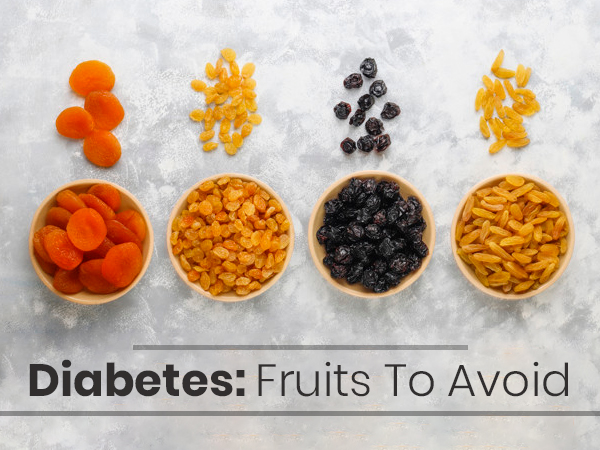
People who want a more nutritious alternative to crisps and chocolate often reach for fruit as a snack.
Certain fruits, however, are deemed “hazardous” for diabetics because of their high glycaemic index. More than 4.9 million people in the UK suffer with diabetes.
A person’s blood sugar level will consistently be too high if they have diabetes, which is a lifelong ailment. Type 1 diabetes, in which the immune system of the body assaults and kills the cells that create insulin, and type 2 diabetes, in which the body either does not produce enough insulin or in which the cells do not respond to insulin, are the two primary kinds of the disease.
Compared to type 1, type 2 diabetes is far more common. Diabetes patients should consume a variety of fruits, but those with a higher glycaemic index should be avoided, according to medical professionals (GI).
What does glycaemic index mean?
According to the Daily Record, the GI rating system illustrates how rapidly carbohydrates-containing foods impact blood sugar levels when consumed alone.
According to Diabetes.co.uk, “High GI meals break down very fast, leading to a sharp increase in blood glucose levels. Sharp increases in blood sugar are referred to as “spikes” in blood sugar by people with diabetes.
A common result of this is a feeling of hunger within two to three hours, which might leave the dieter needing more food. Furthermore, high GI foods can push the body to try to manufacture a surge of insulin to counterbalance the fast-acting carbohydrates for people who produce their own insulin.
“For persons with diabetes, this can be extremely harmful because the body’s ability to control blood glucose levels is diminished or nonexistent,” the statement cautions.
High GI fruits should be avoided by diabetics. High GI fruits, according to Diabetes.co.uk, include:
- Bananas
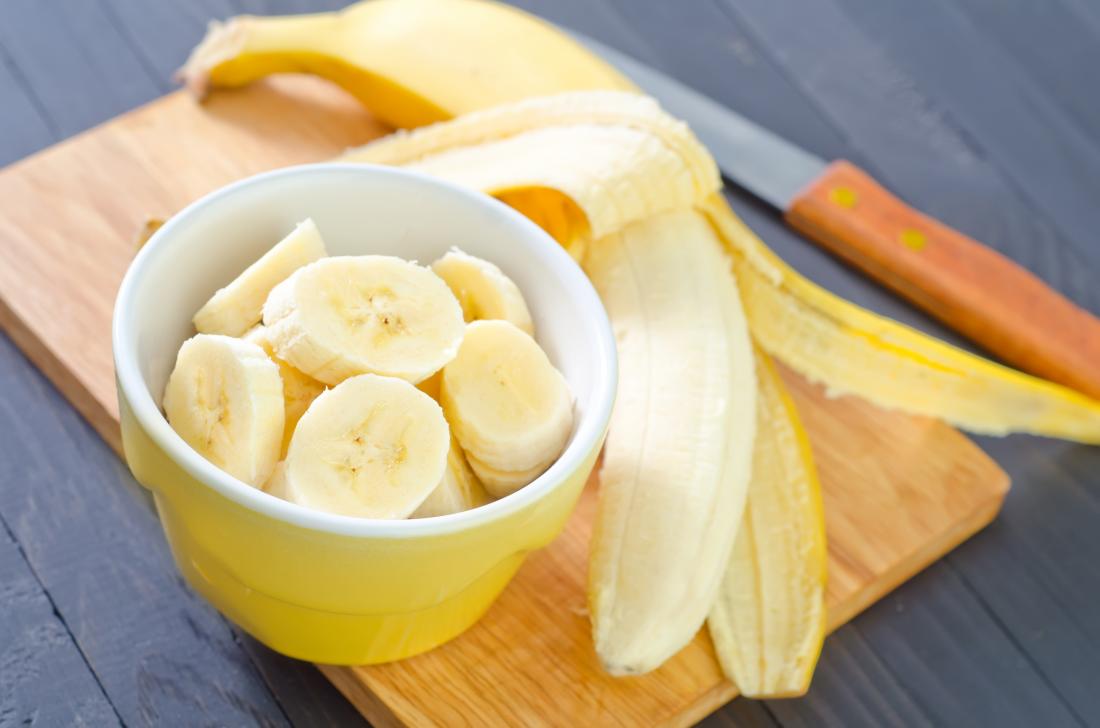
2. Oranges

3. Mango
4. Grapes
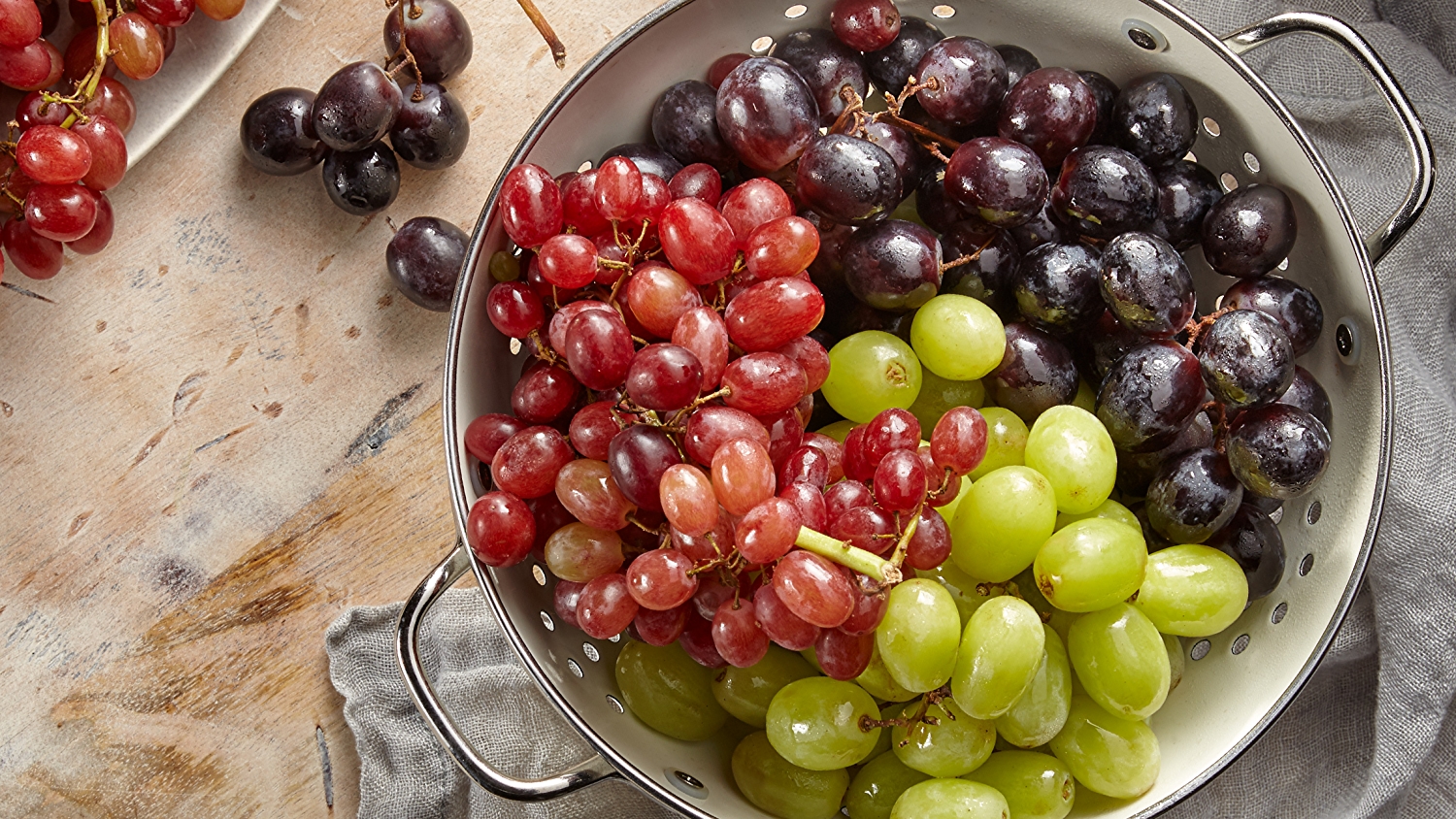
5. Raisins
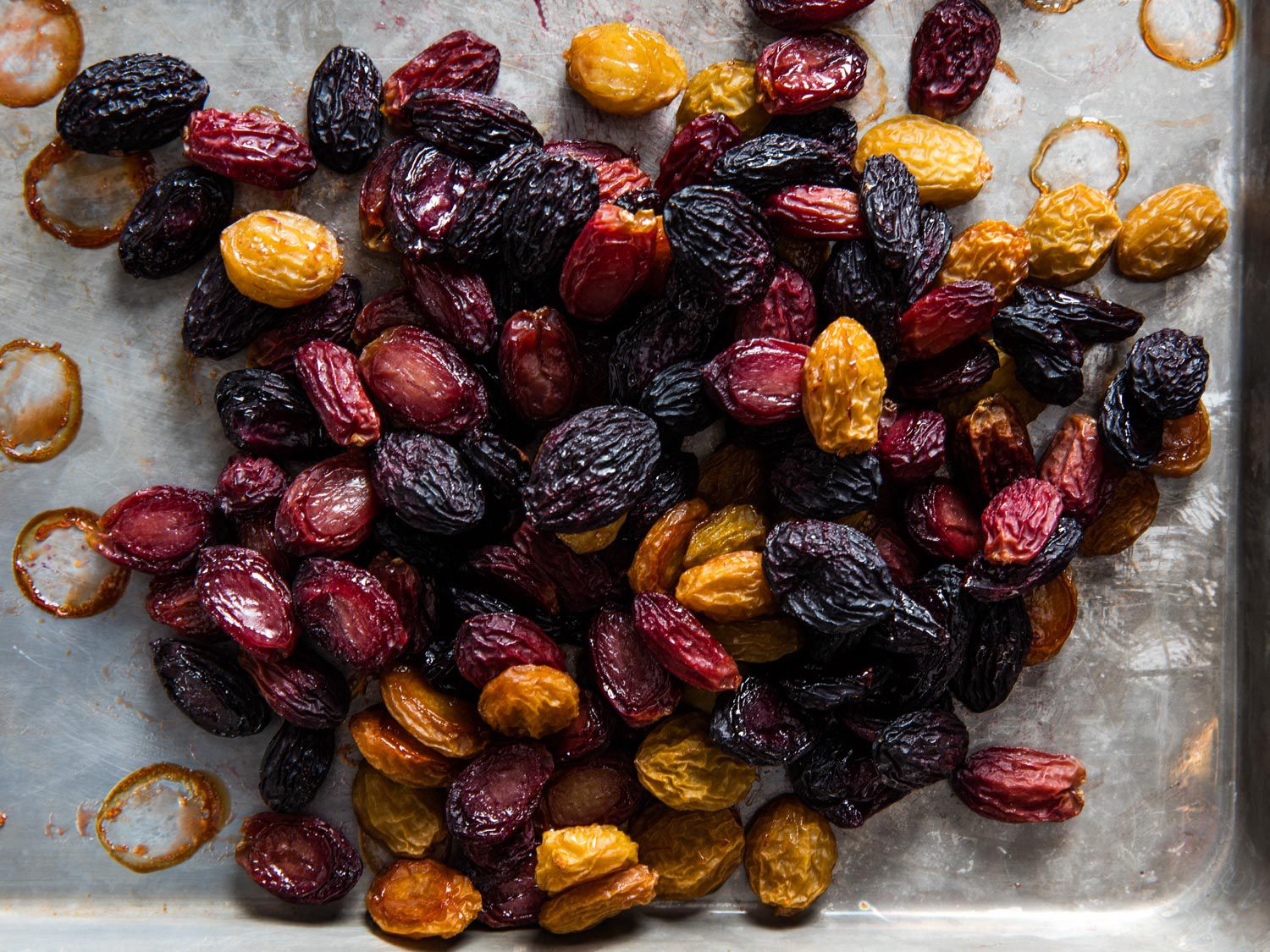
6. Dates
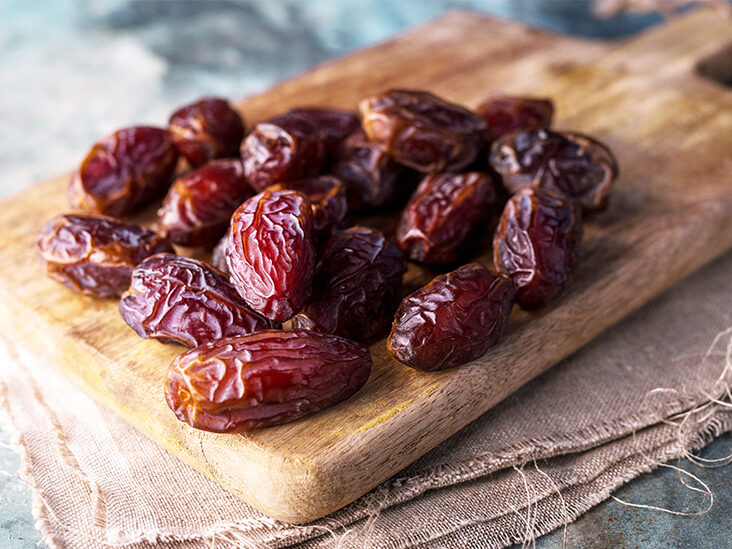
7. Pears
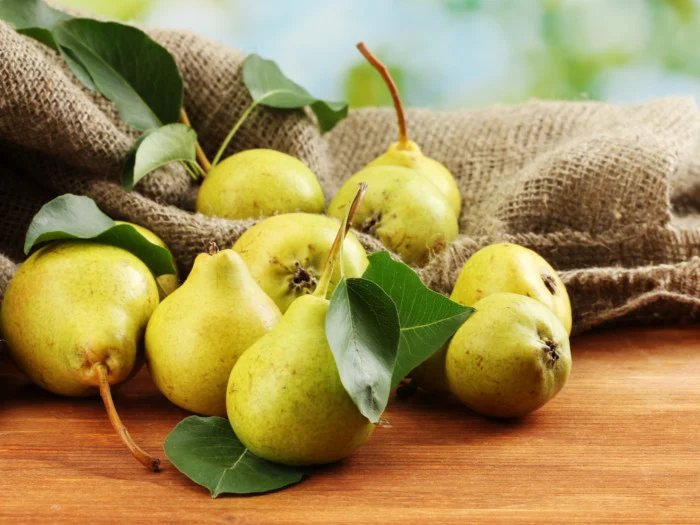
Plums, berries, kiwi fruit, berries, and grapefruit are examples of foods with a lower GI. The NHS advises diabetics to eat lower GI foods, but they also stress the importance of eating a balanced diet. 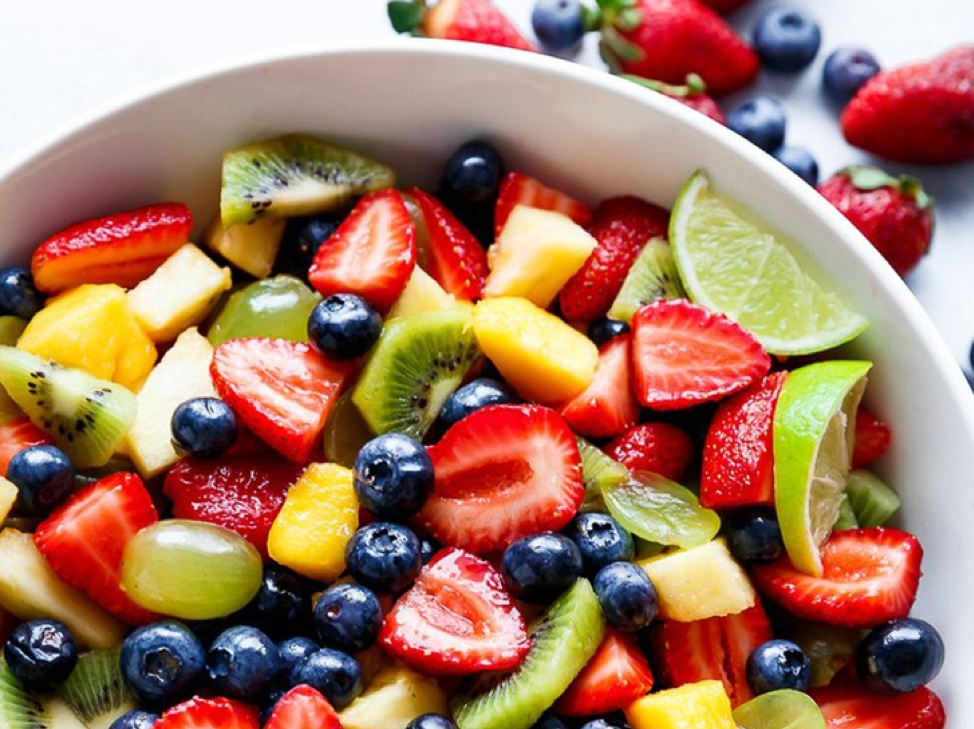
They stated: “We should eat certain low GI items as part of a healthy, balanced diet, such as wholegrain meals, fruit, vegetables, beans, and lentils. However, it can be inaccurate to use the glycaemic index to determine whether specific foods or dietary combinations are healthful.
“Not all foods with a low GI are healthy, and not all meals with a high GI are necessarily unhealthy. For instance, foods with a high GI value include watermelon and occasionally parsnips, whereas a low GI item is chocolate cake.
According to Diabetes.co.uk, “low GI foods are a better alternative for maintaining stable blood glucose levels since they tend to break down more slowly than high GI foods and are less likely to produce a sudden increase in blood sugar levels.
You feel more satiated for a longer period of time and are less likely to feel hungry before your next meal if you choose low GI foods versus high GI foods.
Various other high GI meals include:
- Sugar and sugary foods
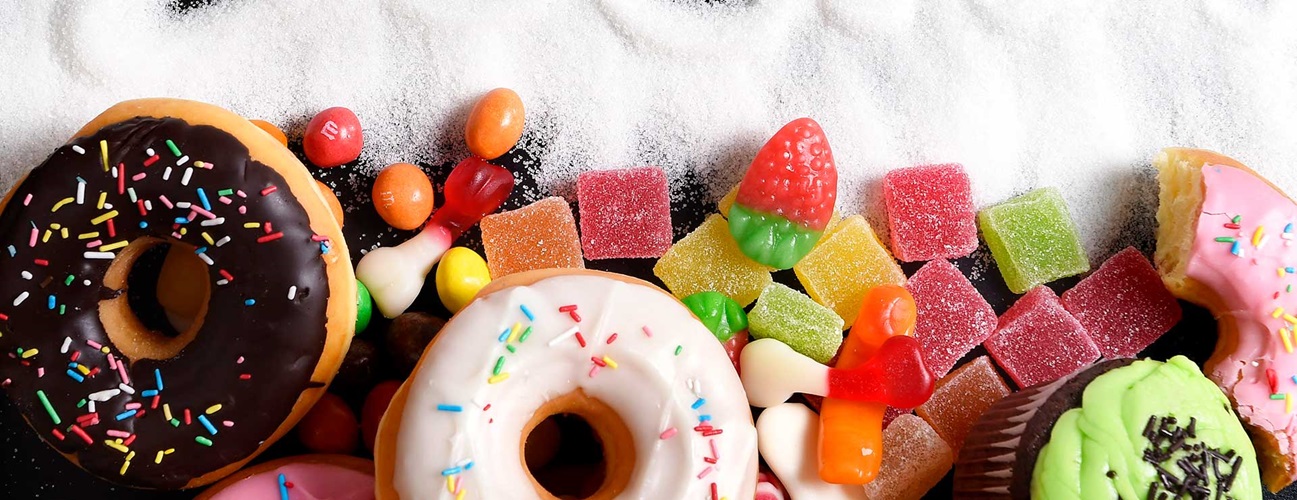
- Sugary soft drinks
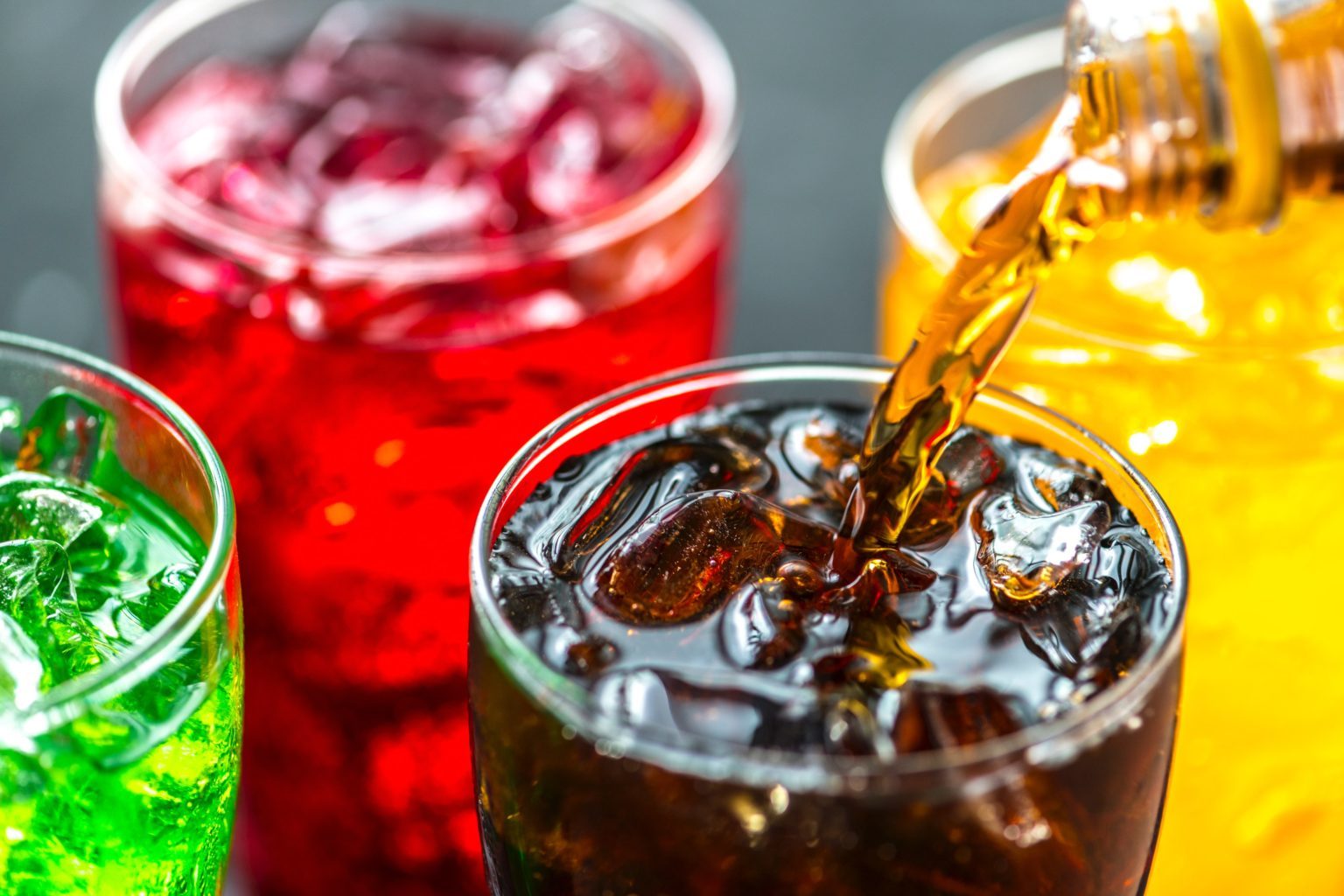
- White bread
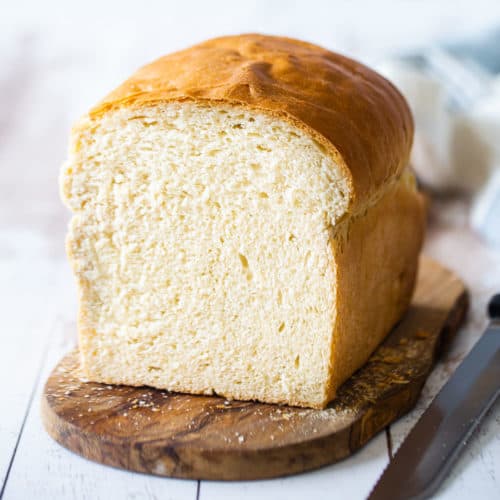
- Potatoes
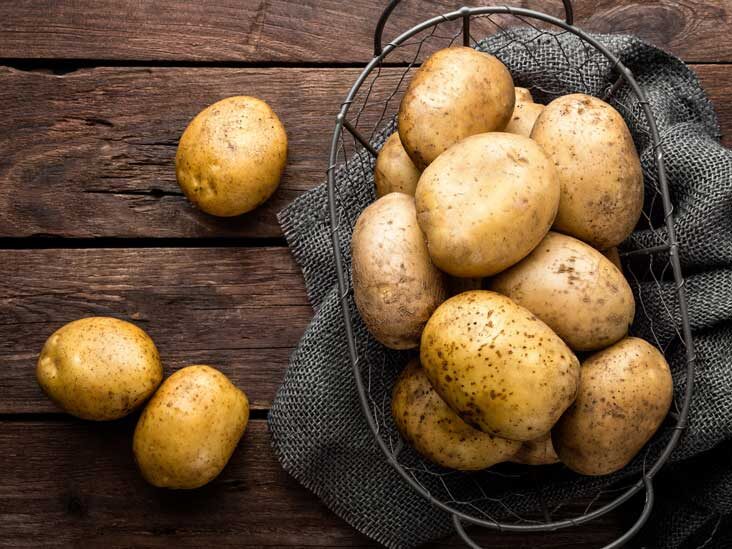
- White rice
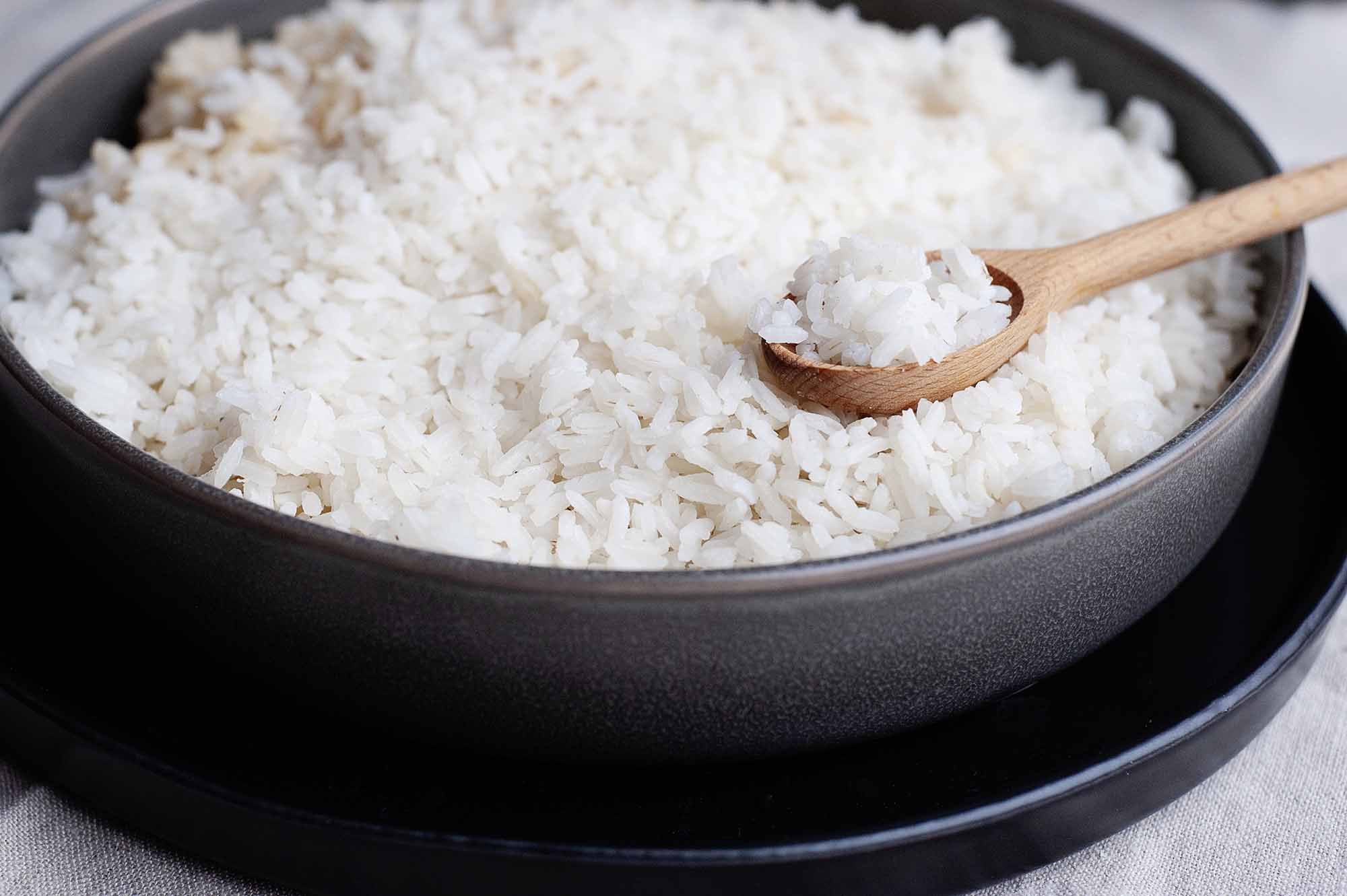




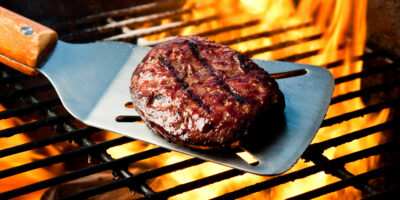





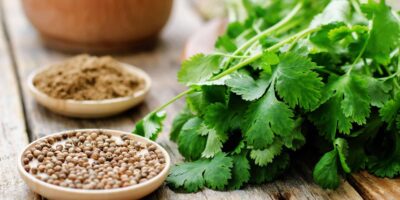
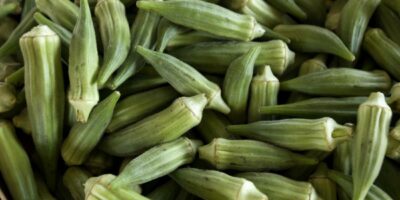
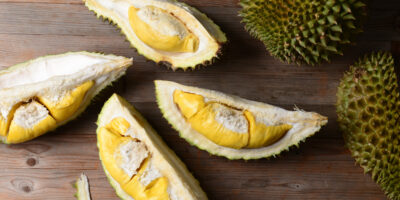





I have read your article carefully and I agree with you very much. This has provided a great help for my thesis writing, and I will seriously improve it. However, I don’t know much about a certain place. Can you help me?
Reading your article helped me a lot and I agree with you. But I still have some doubts, can you clarify for me? I’ll keep an eye out for your answers.